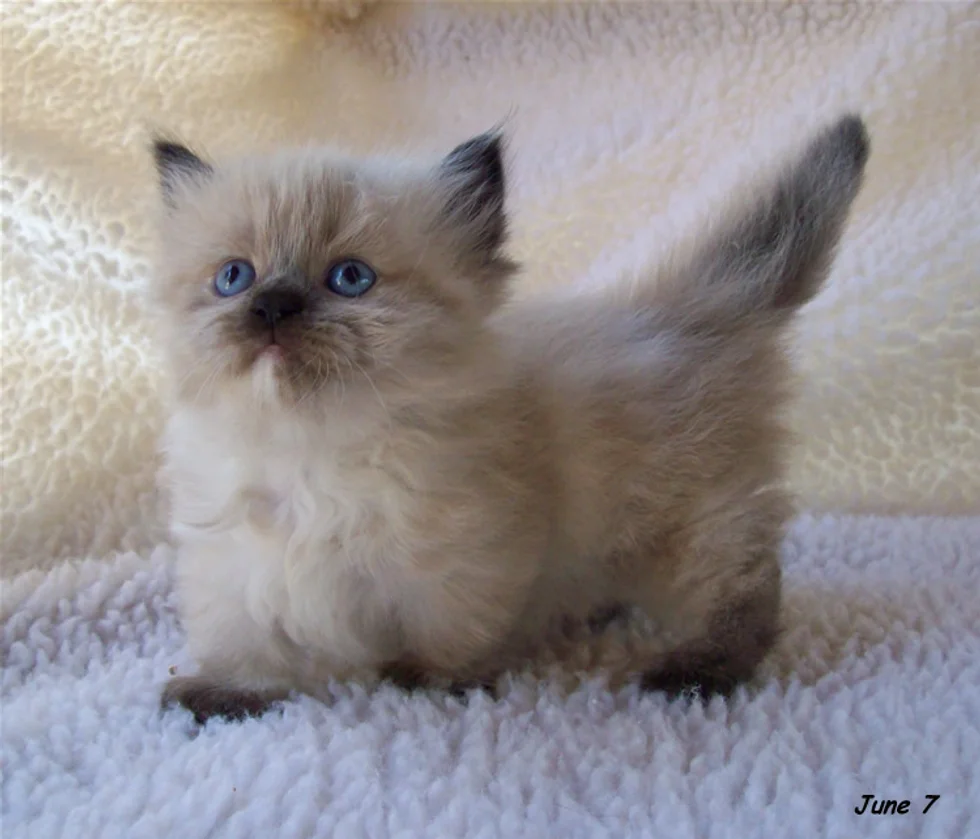- Letters: N/CHIKMU
- Words: 18
- Points: 80
- Pangrams: 1

|
The table provides clues for the roots of words in today's NY Times Spelling Bee. You're responsible for prefixes, suffixes,
tense changes, plurals, doubling consonants before suffixes, and alternate spellings of roots. An exception:
since Sam won't allow S, when the root contains an S, the clue may be for a plural or suffixed form. "Mice" for example.
If a clue isn't self-explanatory, try googling it.
The TL;DR about the site comes after the table.
Past clues are available here |
Today's puzzle
|  |
|
Table content
|
| root # | answers covered | answer's first two letters | answer's length | clue for root (answer may need prefix, suffix, tense change, alt spelling, ...) |
|---|---|---|---|---|
| 1 | 1 | CH | 4 | Bottom of face, noun; or raise it above a bar in a pull-up, verb |
| 2 | 1 | CH | 5 | Thick, solid piece of something (the …y candy bar has chocolate, raisins, and peanuts) |
| 3 | 1 | CI | 5 | Easy task (it’s a …), noun; or tighten up (belt or saddle, e.g.), verb |
| 4 | 1 | CU | 5 | Aromatic seeds of a plant of the parsley family, used as a spice, especially ground and used in curry powder |
| 6 | 1 | HU | 4 | Large piece of something, especially food, cut or broken off a larger piece; or a large, muscular, sexually attractive man (College …s Hauling Junk) |
| 5 | 1 | HU | 5 | Intuition (acting on a …), or stoop down (“The …-back of Notre Dame”) |
| 7 | 1 | IN | 4 | 1/12 of a foot, noun; or move slowly, verb |
| 8 | 1 | KI | 4 | “Lola” band, offbeat sex, or sharp twist, noun + gerund |
| 9 | 1 | MI | 4 | Smaller version (as in Cooper car), slang abbr. |
| 12 | 1 | MI | 4 | Small semiaquatic carnivore, known for its luxurious fur |
| 10 | 1 | MI | 5 | 1/60 dram, UK music ½ note, or calligraphy short vertical stroke |
| 11 | 1 | MI | 7 | Smallest amount (the … bet at this table is $100) |
| 13 | 1 | MU | 5 | Eat something with a continuous and often audible action of the jaws, verb; or snack, slang verb/noun |
| 14 | 1 | MU | 8 | Fictional dwarf from The Wizard of Oz; or donut hole sold by Tim Horton's; or cat breed with very short legs |
| 15 | 1 | NI | 4 | Small cut from shaving, or Santa name (Old Saint…), noun/verb |
| 16 | 1 | NU | 7 | Okinawan martial arts weapon consisting of two sticks, connected by a short metal chain or rope |
| 16 | 1 | NU | 8 | Okinawan martial arts weapon consisting of two sticks, connected by a short metal chain or rope |
| 8 | 1 | UN | 6 | “Lola” band, offbeat sex, or sharp twist, noun + gerund |
This site provides clues for a day's New York Times Spelling Bee puzzle. It exists to make it easier for Kevin Davis to take a day off. Most of the clues come from him. There may be some startup problems, but long term I think I can put the clues together with no more than half an hour's work.
The "Bee Roots" approach is to provide explicit clues for root words, not every word. This is similar to what Kevin Davis does, but without information about parts of speech As logophiles, we are pretty good at putting on prefixes and suffixes, changing tense, and forming plurals (including Latin plurals!). The clues cover root words, arranged alphabetically by root word, with a count of words in the puzzle that come from each root. For example, if a puzzle includes ROAM and ROAMING, there will be a clue for ROAM and a count of 2. The root may not appear in the puzzle at all; for example, the 2021-07-23 Bee included ICED, DEICE, and DEICED. For such a puzzle, the clue would be for ICE with a word count of 3.
The Bee Roots approach involves judgement sometimes. For example, if a puzzle includes LOVE, LOVED, and LOVELY, how many roots are needed to cover them? LOVE and LOVED share the root LOVE, certainly, but LOVELY is tricky. LOVE is part of its etymology, but by now, the word means "exquisitely beautiful," which is a lot farther from the meaning of LOVE than swithcing to past tense. I'm inclined to treat LOVE and LOVELY as separate roots. You may not agree, which is fine. Another thing we logophiles share is a LOVE of arguing about words on Twitter.
One last complication, until another one pops up: a few roots have multiple spellings, for example LOLLYGAG and LALLYGAG. Depending on the day's letters, and maybe even the editor's whims, one or both could be in the puzzle's answer list. With such roots, you could see a word count of 2, even if there are no applicable prefixes or suffixes.
I will do my best to keep this site up to date and helpful (I hope). Check it out, and tweet feedback to @donswartwout Tweet to @donswartwout
Many thanks to Kevin Davis, whose 4,500-word clue list made this possible.